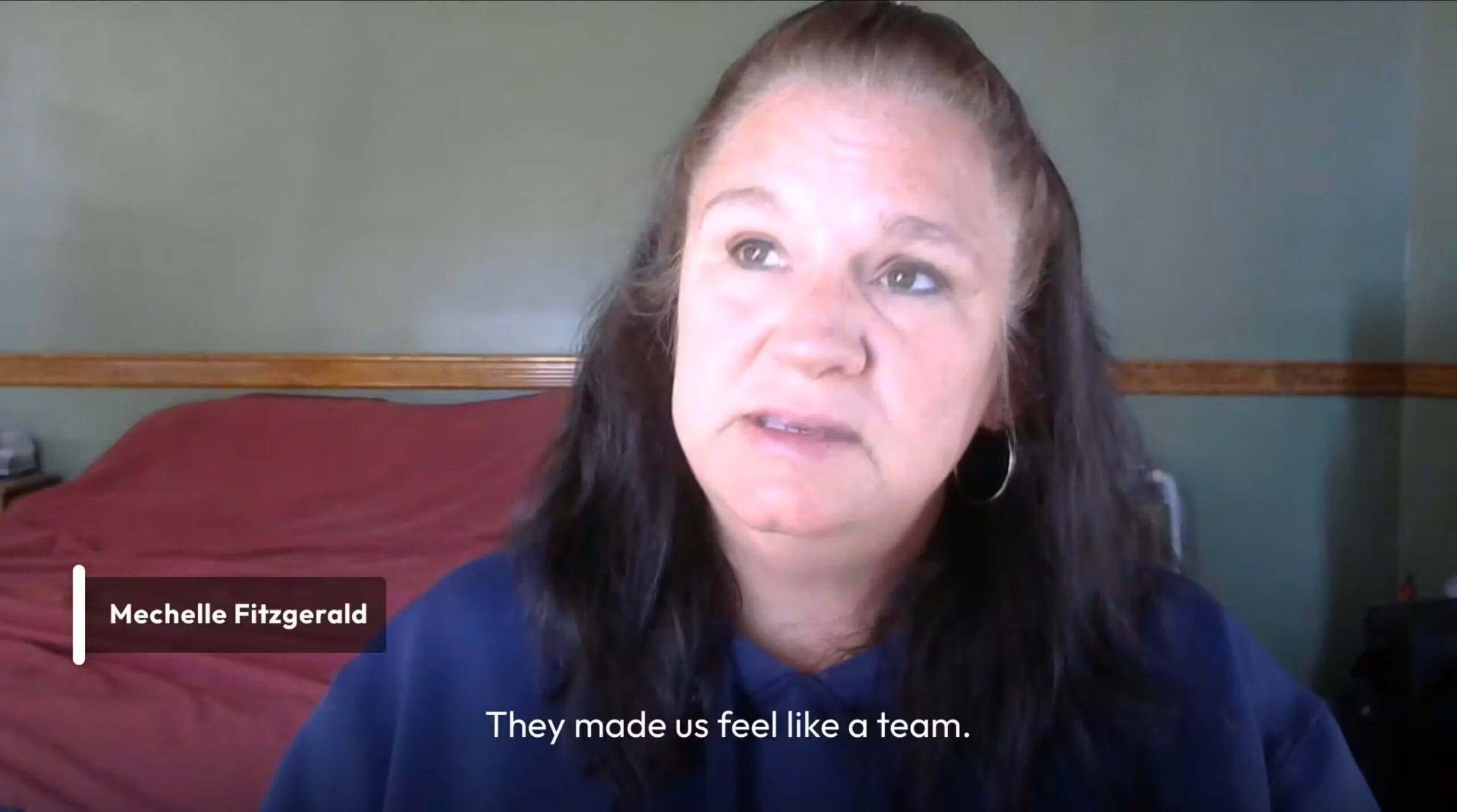Road Fatalities Top 40,000 For The Second Year In A Row
April 16, 2018

In 2017, for the second year in a row, more than 40,000 motor vehicle fatalities occurred in the United States, an indication that roadways aren’t getting safer – even as automakers continue to equip cars with more safety equipment.
According to the National Safety Council (NSC), motor vehicle deaths were in a steady decline for nearly a decade before 2016. But a surge in driver distraction, increased miles driven and other factors have driven the closely watched numbers up at an alarming rate, according to Reuters.
The danger is all around us
More than 20 percent of the 17.5 million vehicles produced for the 2017 model year were equipped with so-called Advanced Driver Assistance Systems, or ADAS, a slew of technologies including adaptive cruise control, lane-keeping steering aids and autonomous braking that helps avoid collisions, according to WardsAuto.com, an organization that has covered the auto industry for more than 80 years.
Deborah Hersman, NSC’s chief executive, said alcohol and high speeds play a disproportionate role in fatal crashes, and half of the deaths involve a driver or passenger who isn’t wearing a seat belt. “The same things that have been killing us for decades are still killing us,” Hersman said. Vulnerable road users, such as pedestrians, motorcyclists and young drivers, saw a disproportionate increase in fatalities last year, she said.
Many automotive executives have recently noted that the role of drivers’ increased use of smartphones is making roads less safe. While analysts and government agencies have trouble tracking the specific impact that in-cabin distractions play in rising fatality rates, car companies are adding such features as better voice commands and Bluetooth connectivity aimed at encouraging drivers to put their hands on the wheel and keep their eyes on the road.
Hersman says drunken driving remains an epidemic in this country, where legal thresholds for blood-alcohol levels tend to be higher than in other countries. “We tend to think that we solved the drunk driving problem, but we haven’t even gotten close,” she said. “It kills 10,000 people every year.”
In March, the National Highway Transportation Safety Association (NHTSA) launched a campaign against drug-impaired driving. “We know that many people switch between use of alcohol and illicit drugs, or consume them together, and we need to consider both,” Heidi King, NHTSA’s interim president, said. “Why are we OK with this? Complacency is killing us.’’
Jonathan Adkins, executive director of the Governors Highway Safety Association, added: “It’s not just talking on the phone that’s a problem. You now have all these other apps that people can use on their phone.” Government officials and safety advocates, according to the New York Times, claim that the increase in deaths has been caused by more lenient enforcement of seat belt, drunken driving and speeding regulations by authorities and a reluctance by lawmakers to pass more restrictive measures. “It’s still the same things that are killing drivers – belts, booze and speed,’’ Adkins said.
Even if you are careful on the road, not everybody else is. Should you be injured, contact an attorney who knows how to fight for your legal rights.
![Quote]() "Want to thank all of you once again not only for your professional services but your friendship and feeling like family through all of these past four years as we fought to rebuild Stefanie's life. I could not have made a better choice for helping us through this ordeal."
"Want to thank all of you once again not only for your professional services but your friendship and feeling like family through all of these past four years as we fought to rebuild Stefanie's life. I could not have made a better choice for helping us through this ordeal."Karl
- "They are all very helpful, caring and they do everything to try to make sure you as a client are OK and get you what you deserve. I would recommend them to anyone. They are a great law firm."
Tiffany
![Quote]() "I will happily be recommending your firm to anyone who may need your help in the future because of Jen, Eric and Brian."
"I will happily be recommending your firm to anyone who may need your help in the future because of Jen, Eric and Brian."Michelle
Hear What Our Clients Have to Say






